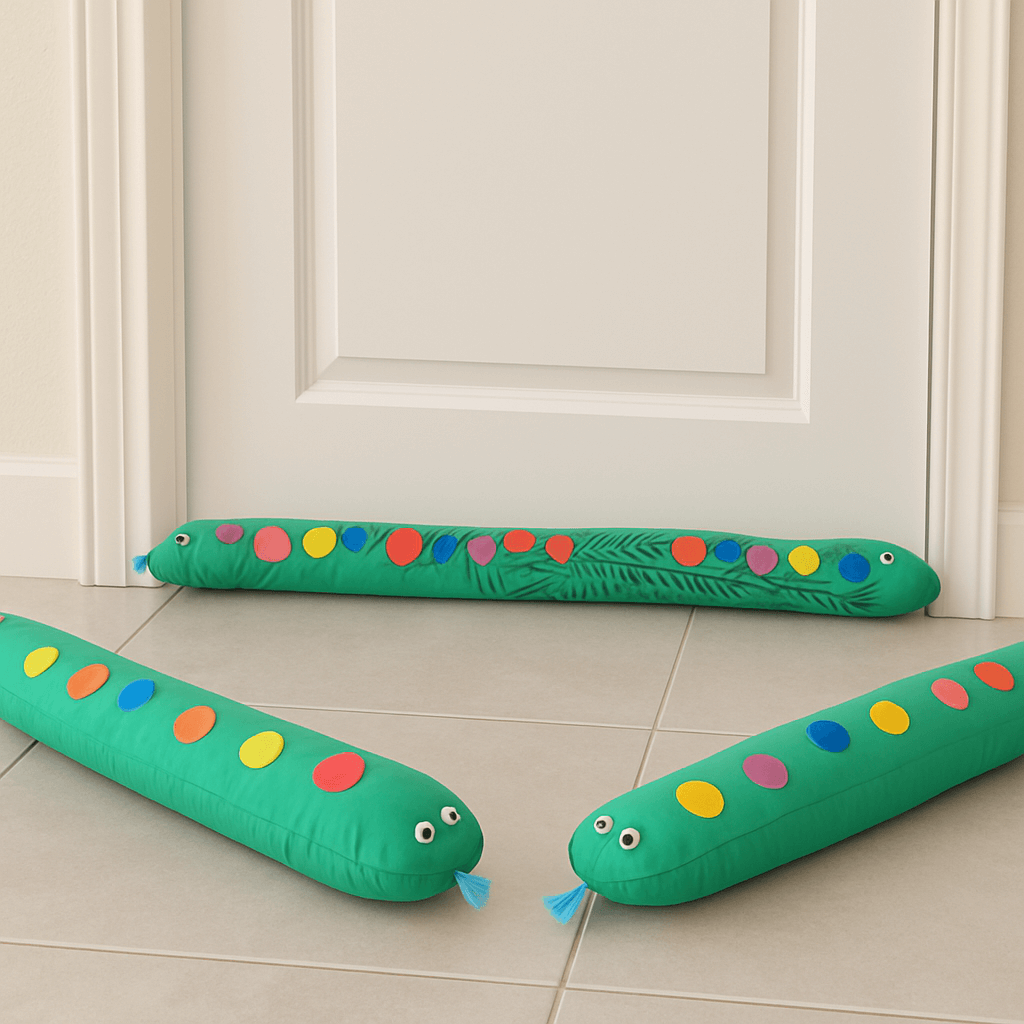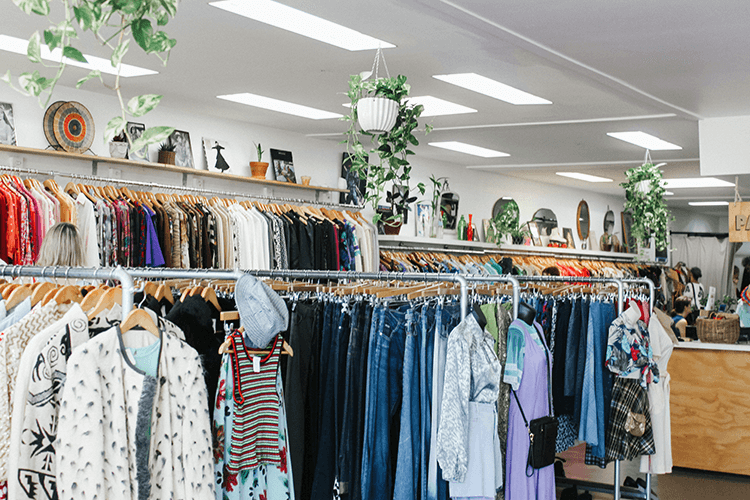REDUCE YOUR WASTE, LOWER YOUR FOOTPRINT
Beginner’s guide to sustainable and circular fashion
If you’ve been wanting to have a more sustainable wardrobe but don’t know where to begin, Dr Zoe Mellick has some simple steps you can take to get started on a more sustainable and circular fashion lifestyle.
Clothing and textiles play an integral part in our daily lives. From the moment we wake up to the time we go to bed, they are present in various forms – whether it be the clothes we wear, the towels we use, the sheets we sleep in, or the seats we sit on. There are only a few moments a day when we are not touching textiles!
Australians love to purchase new clothes – we buy on average around 56 new items a year. However, we also dispose of our clothing at a high rate 15 kg per year. Most of this clothing ends up in landfill, which comes to great cost to both the environment and households through council rates and levies. So, when it’s time to dispose of these items, we must take steps to keep them out of landfills and in circulation.
This is where sustainable and circular fashion comes in, and as residents of Brisbane, we all have a part to play in contributing to a more sustainable city. It’s essential to understand what sustainable and circular fashion is and how you can adopt it into your lifestyle. This beginner’s guide will provide you with all the information you need to know to get started.
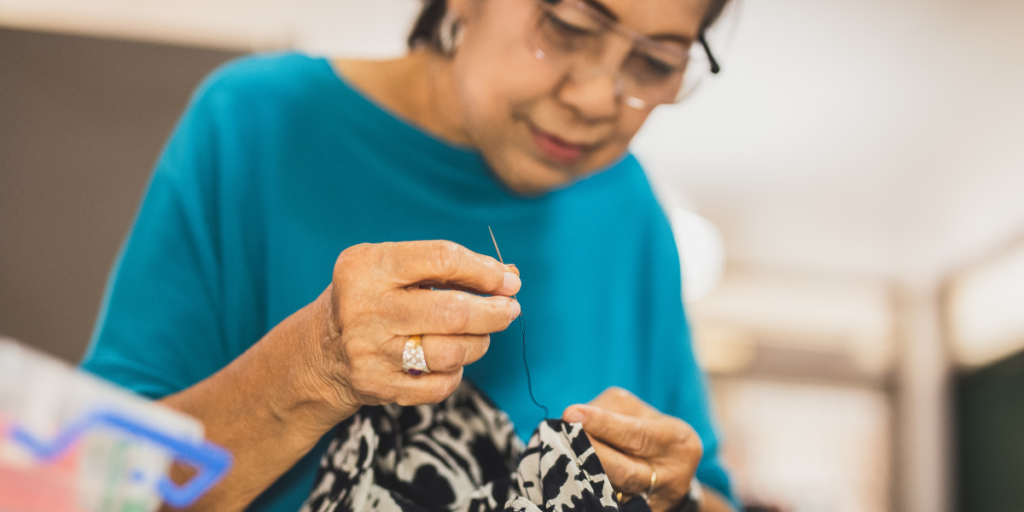
What is sustainable and circular fashion?
Sustainable fashion is all about reducing the environmental and social impact of the fashion industry. This includes reducing waste, using sustainable materials, and ensuring ethical production practices. The goal is to create a fashion industry that is environmentally and socially responsible.
Circular fashion is focused on creating a system where resources are kept in use for as long as possible. This involves designing products with longevity in mind and ensuring that materials are reused or recycled at the end of their life and while also regenerating natural systems.
It is important to note here that a lot of clothing is produced each year – more than we need. The biggest thing we can do to create a more sustainable and circular fashion industry is reduce the amount of clothing that is made. So, what are some steps that you adopt for a more sustainable and circular fashion lifestyle?
Four steps towards sustainable and circular fashion
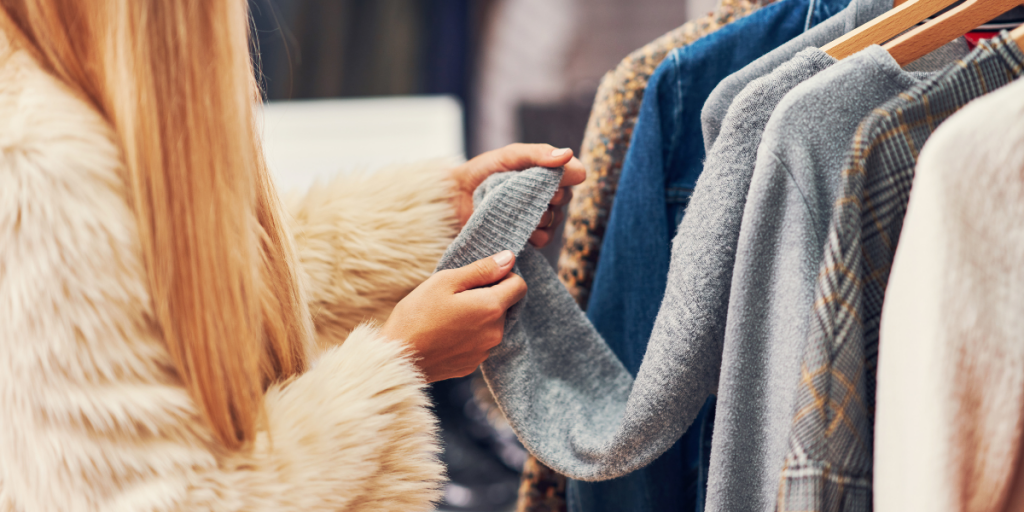
1. Reduce your clothing and textile waste
The first step in adopting more sustainable and circular fashion is to reduce your clothing and textile waste. This means restyling or mending the clothes you already have. If you need to buy new clothing, choose high-quality, versatile items. Consider whether you would wear the item at least 30 times. Buying higher quality items also means that they are valued more in the second-hand market and will be used for longer. You may be able to recoup a portion of the money you originally spent on the item.
2. Choose more sustainable material
When shopping for new clothing, choose pieces made from natural certified materials, such as cotton and wool. These materials leave a lighter footprint on the environment because they are renewable and are often biodegradable. Synthetic materials, including polyester, nylon, and elastane, are made from non-renewable fossil fuels which take many years to breakdown and release microplastics when washed. It’s best to avoid buying mixed fibre clothing, unless the mixed fibres are natural; this makes it easier to find reuse/recycle pathways.
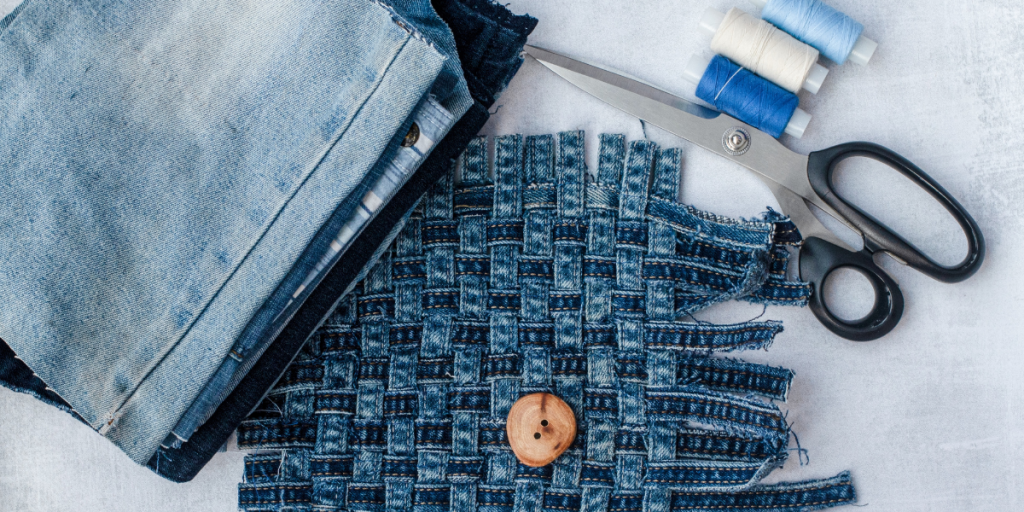
3. Repair and upcycle
If you have clothing that is worn out or damaged, consider repairing it instead of throwing it away. You can also upcycle old clothing into new pieces into serviettes, handkerchiefs, scrunchies, or cleaning cloths/rags is an excellent way to give them new life and reduce waste. If your items are no longer wearable, you can send them to UPPAREL who can recover and recycle textiles. You can also compost textiles made from natural fibres (including cotton, linen, hemp, wool, and silk) at home or add them to our worm farm, which can help reduce the amount of waste that ends up in landfills.
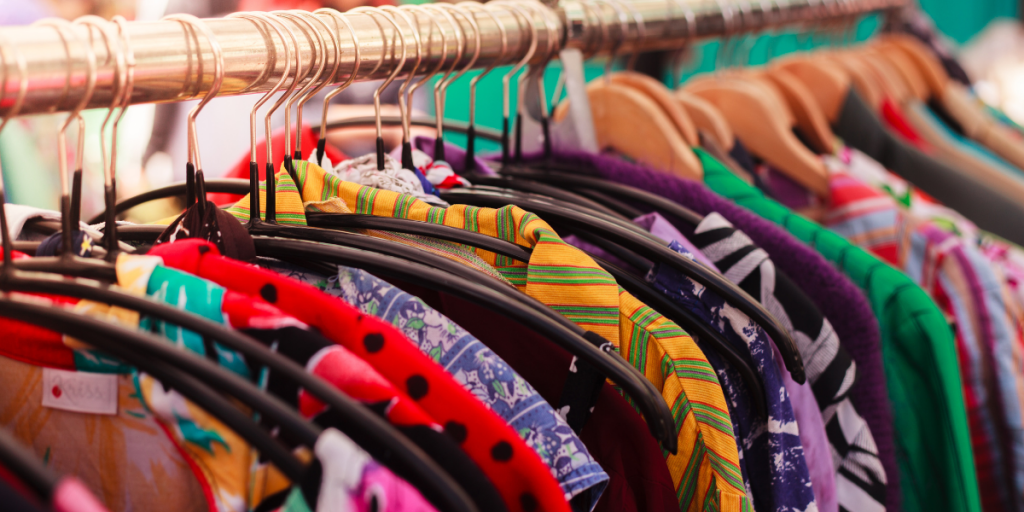
4. Shop second-hand
Another way to reduce your environmental impact is to shop second-hand. Thrifting is a great way to find unique pieces while also reducing waste. You can also shop online at second-hand stores (i.e. eBay, Depop, The Turn), buy from local op-shops or markets (i.e. Love Me Again Markets). Gifting your preloved clothes to family and friends or hosting a clothes swap are other great ways to freshen up your wardrobe without buying new clothing.
Adopting sustainable and circular fashion practices is an essential part of reducing the impact of the fashion industry. By taking simple steps to prevent, circulate, repurpose, and recycle our clothes, we can all play a role in creating a more sustainable and circular future for Brisbane.
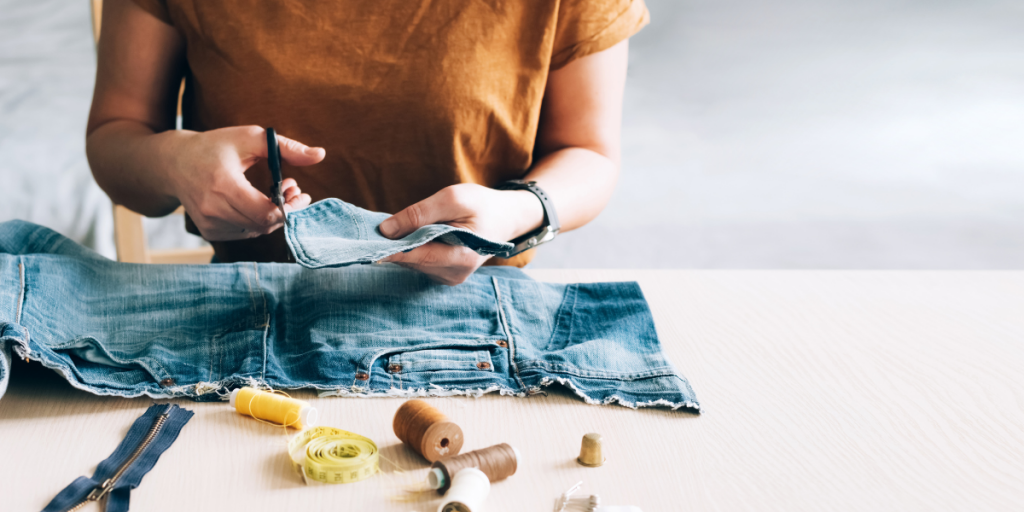
The author

Zoe Mellick
Dr Zoe Mellick is a Lecturer in Fashion in the School of Design at Queensland University of Technology. Her research focuses on defining and actioning sustainability within global textile and apparel value chains. Zoe also has over a decade of experience in retail with Australian fashion brands and continues to work with industry as a sustainability and impact advisor.

